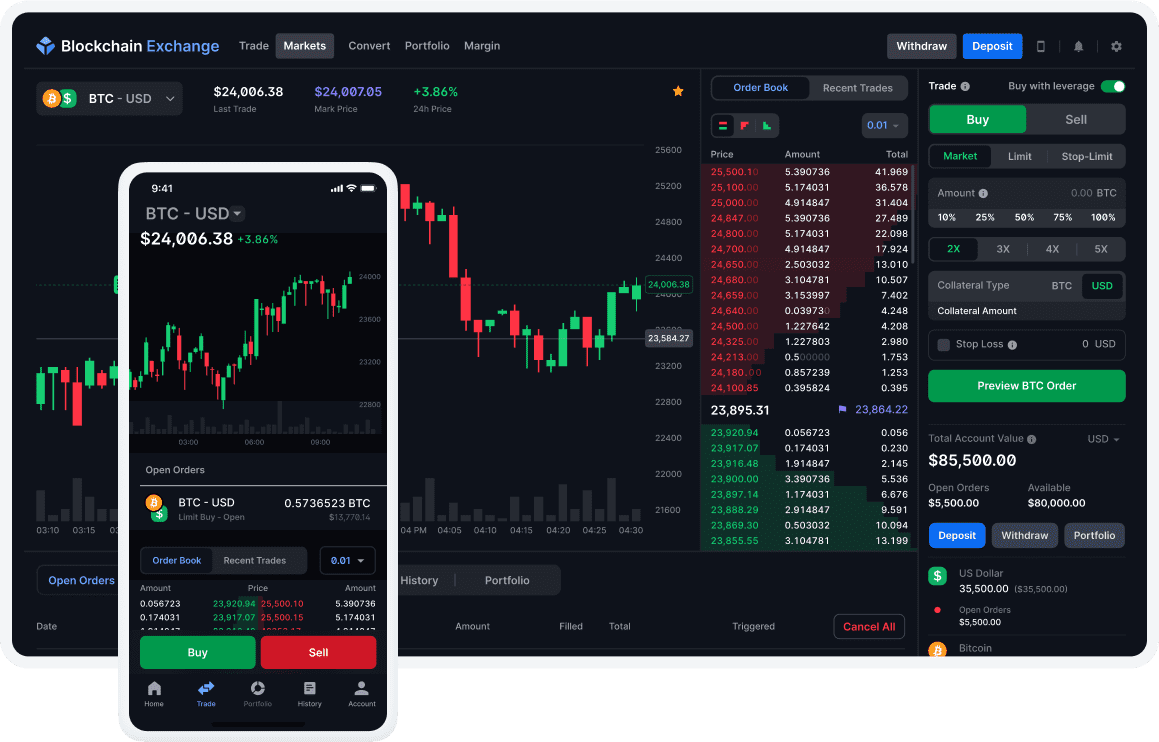Introduction
Bitcoin, the first cryptocurrency, remains a polarizing asset, with its price reaching $109,000 and a market cap exceeding $2.3 trillion as of September 2025. Supporters view it as “digital gold,” a decentralized store of value immune to inflation, while critics argue it lacks the core attributes of currency—stability, fiat anchoring, government backing, and ease of circulation—and risks becoming a speculative or illicit asset.
This report objectively analyzes Bitcoin’s value, incorporating the user’s view that its high valuation is unsustainable due to stablecoins’ rise and regulatory pressures, while drawing on current data to explore its role, challenges, and future outlook.
Bitcoin’s Role and Perceived ValueBitcoin as a Non-Traditional AssetBitcoin challenges conventional monetary frameworks. Unlike fiat currencies, it lacks central bank backing, exhibits high volatility (e.g., 50% price swings in 2022-2023), and is not widely used for daily transactions. Its 21-million-coin cap, with 19.7 million mined (Glassnode, 2025), fuels its “digital gold” narrative, positioning it as a hedge against inflation. Global M2 money supply grew 6% annually (IMF, 2025), enhancing Bitcoin’s appeal amid quantitative easing. However, its volatility—$69,000 in 2021 to $16,000 in 2022, now $109,000—undermines its use as a stable currency, aligning with the user’s critique that it fails traditional monetary criteria.
Counterpoint:
Bitcoin’s value lies in its decentralization and scarcity, not as a daily currency. Its blockchain, secured by a 700 EH/s hash rate (CoinMetrics, 2025), ensures censorship resistance, appealing in regions with capital controls (e.g., Venezuela, where Bitcoin transaction volume rose 15% in 2025, per LocalBitcoins). Unlike stablecoins, which rely on fiat or asset backing (e.g., USDT tied to U.S. Treasuries), Bitcoin’s value is market-driven, reflecting speculative and ideological demand.
Network Effects and Consensus
Bitcoin’s value is bolstered by its network, with over 100 million wallet addresses and $50 billion in daily transaction volume. Its resilience—surviving the 2014 Mt. Gox hack, China’s 2021 mining ban, and market crashes—stems from global adoption. Institutional interest, such as MicroStrategy’s 250,000 BTC ($27 billion) and BlackRock’s $20 billion Bitcoin ETF (CoinShares, 2025), reinforces its dominance.
The user argues Ethereum’s ecosystem, supporting DeFi ($200 billion locked) and stablecoins, outshines Bitcoin’s limited functionality (7 TPS vs. Ethereum’s 30 TPS post-2022 Merge).
Counterpoint:
While Ethereum offers broader utility, Bitcoin’s first-mover advantage and brand sustain its lead. No fork (e.g., Bitcoin Cash) has matched its adoption. However, stablecoins’ $150 billion market cap (2025) and regulatory compliance (e.g., Hong Kong’s Stablecoin Ordinance) could shift demand to more versatile blockchains, challenging Bitcoin’s long-term relevance.
Regulatory and Illicit Use Risks
The user predicts Bitcoin may become a “gray asset” tied to illicit transactions, as stablecoins on compliant chains (e.g., Ethereum) meet regulatory needs. Chainalysis (2025) estimates 1-2% of Bitcoin transactions ($10-20 billion annually) are illicit, comparable to cash but a persistent concern.
Regulatory pressures are intensifying: Hong Kong’s 2025 Stablecoin Ordinance prioritizes fiat-backed stablecoins, and the FATF notes 60% of jurisdictions lack robust crypto AML frameworks (2025). China’s 2021 ban reduced global hash rate by 50%, though underground trading persists. If regulators enhance monitoring on stablecoin blockchains, Bitcoin’s censorship resistance could make it a target for crackdowns, as the user suggests.
Counterpoint:
Bitcoin’s decentralization makes a total ban unlikely, as seen in China’s resilient black-market trading. Its use in sanctioned regions (e.g., Russia, Iran) supports its niche, though this fuels regulatory scrutiny. Stablecoins, while compliant, lack Bitcoin’s sovereignty, which 80% of Fortune 500 firms exploring blockchain value (Deloitte, 2025).
Challenges to Bitcoin’s Value
-
Regulatory Uncertainty: Stricter AML rules (e.g., EU’s MiCA, U.S. GENIUS Act) could marginalize Bitcoin if stablecoins dominate compliant ecosystems. Hong Kong’s licensing regime, effective August 2025, limits stablecoin issuance to regulated entities, potentially sidelining Bitcoin.
-
Limited Utility: Bitcoin’s blockchain is a settlement layer, not a platform for applications like Ethereum, which supports $150 billion in stablecoin issuance. This caps its use cases, aligning with the user’s view that its value is speculative.
-
Volatility and Speculation: Price swings deter mainstream adoption, and speculative bubbles (e.g., 2021’s $69,000 peak) fuel skepticism about sustainability.
-
Illicit Use Perception: While small in volume, illicit activity risks reputational damage, especially if stablecoins offer traceable alternatives.
Opportunities Supporting Bitcoin’s Value
-
Inflation Hedge: With global fiat debasement, Bitcoin’s fixed supply attracts investors; 70% of holders are in profit at $109,000 (Glassnode, 2025).
-
Institutional Adoption: ETF inflows ($50 billion in 2025, CoinShares) and corporate holdings (e.g., Tesla’s $1.5 billion BTC stake) signal mainstream acceptance.
-
Global Reach: Bitcoin’s use in regions like El Salvador (legal tender since 2021) and Africa (30% crypto adoption growth, Chainalysis 2025) underscores its borderless appeal.
-
Network Security: The highest hash rate among cryptocurrencies ensures resilience against attacks, a unique strength.
Future Outlook
Bitcoin’s $2.3 trillion market cap reflects both speculative fervor and genuine demand as a non-sovereign asset. The user’s view—that stablecoins’ regulatory compliance and utility could render Bitcoin a “gray asset” for illicit or niche use—is plausible. Stablecoins, backed by fiat or assets, align with frameworks like Hong Kong’s, potentially capturing legitimate use cases. By 2027, 10% of global GDP could be on-chain (Bloomberg, 2025), favoring RWA tokenization on platforms like Ethereum.
However, Bitcoin’s scarcity, decentralization, and brand ensure a persistent niche, particularly in high-risk jurisdictions. Its value may not sustain $109,000 if regulatory pressures mount, but its resilience suggests it won’t collapse to zero, as some predict.A balanced approach involves allocating 5-10% of a portfolio to Bitcoin, diversifying risks, and staying informed. Investors should avoid emotional extremes, consult professionals, and never risk more than they can afford to lose.
Conclusion
Bitcoin’s value is neither guaranteed nor negligible. Its role as a decentralized, scarce asset drives its appeal, but limited utility, regulatory risks, and stablecoin competition challenge its dominance. The user’s concern about its potential relegation to gray transactions is valid, yet its network strength and global adoption suggest enduring relevance. Rational decision-making—acknowledging uncertainty, diversifying, and learning continuously—is key to navigating its future.
References: Sourced from Glassnode, CoinMetrics, Chainalysis, CoinShares, Deloitte, Bloomberg, and Reuters (2025). Check blockchain analytics or regulatory updates for real-time insights.





